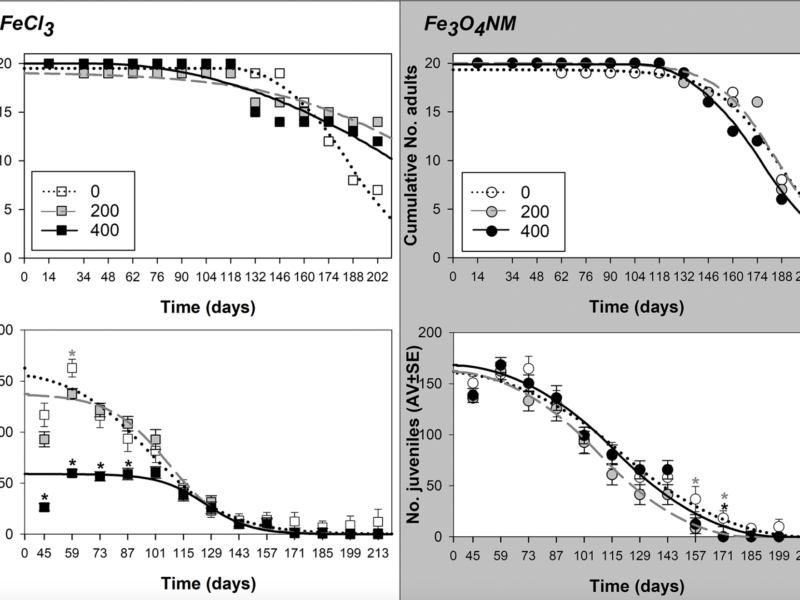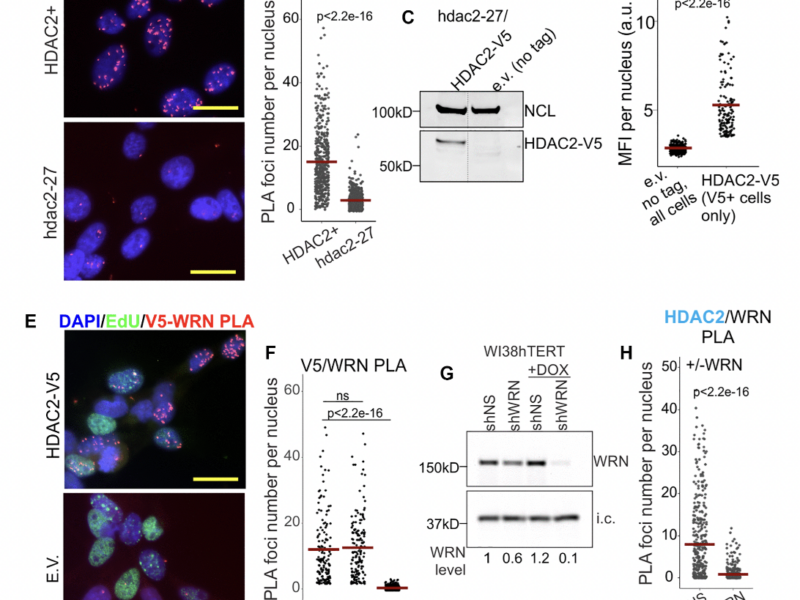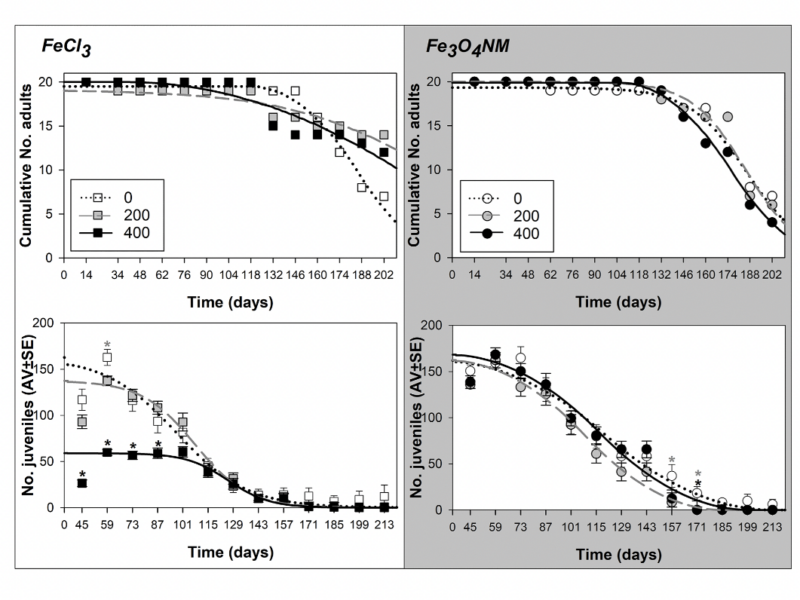A new research paper was published in Aging (listed by MEDLINE/PubMed as “Aging (Albany NY)” and “Aging-US” by Web of Science), Volume 16, Issue 20 on October 24, 2024, entitled “On the lifespan of Enchytraeus crypticus – impact of iron (nanomaterial and salt) on aging.”
Aging (Aging-US) Authors

A new research paper was published in Aging (listed by MEDLINE/PubMed as “Aging (Albany NY)” and “Aging-US” by Web of Science), Volume 16, Issue 20 on October 17, 2024, entitled, “Werner syndrome RECQ helicase participates in and directs maintenance of the protein complexes of constitutive heterochromatin in proliferating human cells.”
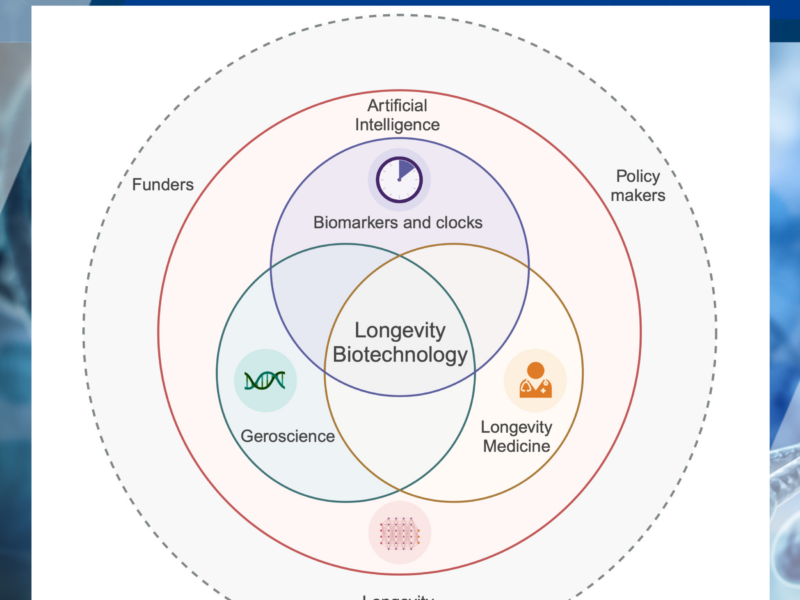
The recent unprecedented progress in ageing research and drug discovery brings together fundamental research and clinical applications to advance the goal of promoting healthy longevity in the human population.

A new review was published on the cover of Aging (listed by MEDLINE/PubMed as “Aging (Albany NY)” and “Aging-US” by Web of Science), Volume 16, Issue 20 on October 16, 2024, entitled, “Longevity biotechnology: bridging AI, biomarkers, geroscience and clinical applications for healthy longevity.”
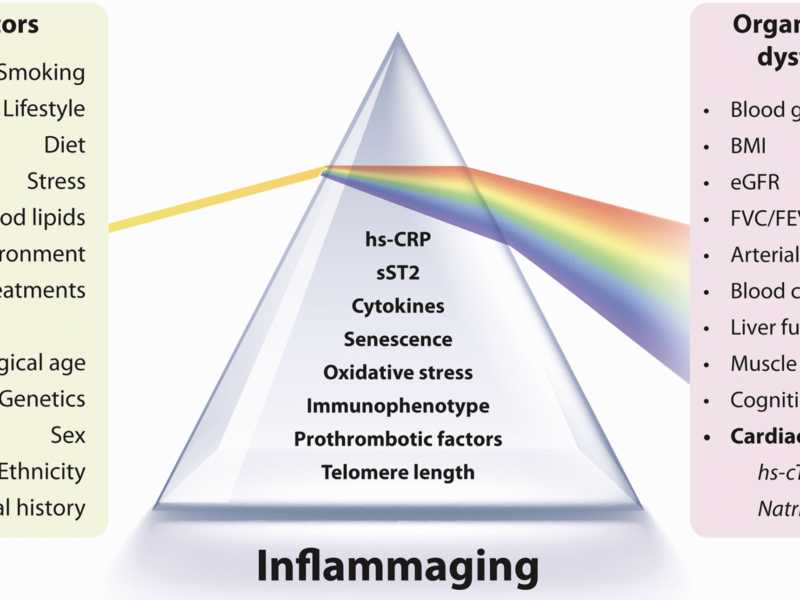
A new editorial was published in Aging (listed by MEDLINE/PubMed as “Aging (Albany NY)” and “Aging-US” by Web of Science) Volume 16, Issue 19, entitled “Integrating cardiovascular risk biomarkers in the context of inflammaging.”
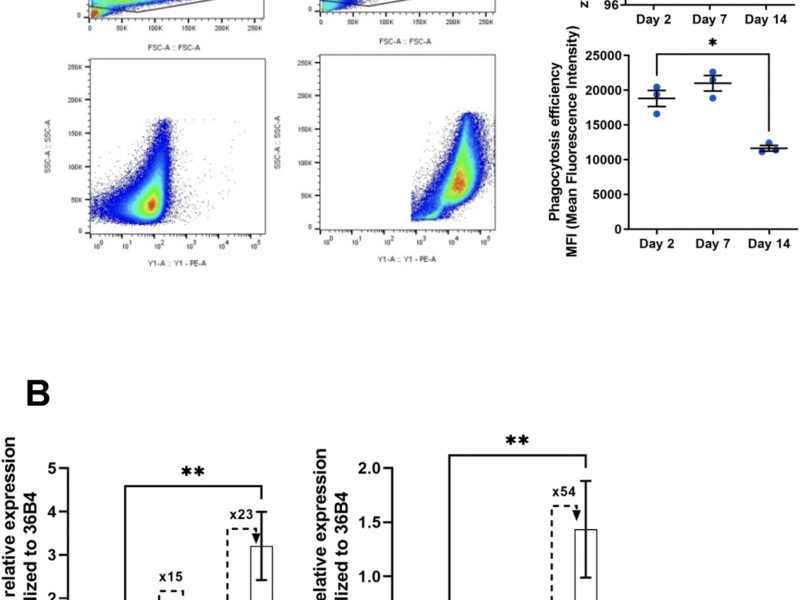
PRESS RELEASE – A new research paper was published in Aging (listed by MEDLINE/PubMed as “Aging (Albany NY)” and “Aging-US” by Web of Science), Volume 16, Issue 19 on October 3, 2024, entitled “A new model and precious tool to study molecular mechanisms of macrophage aging.”
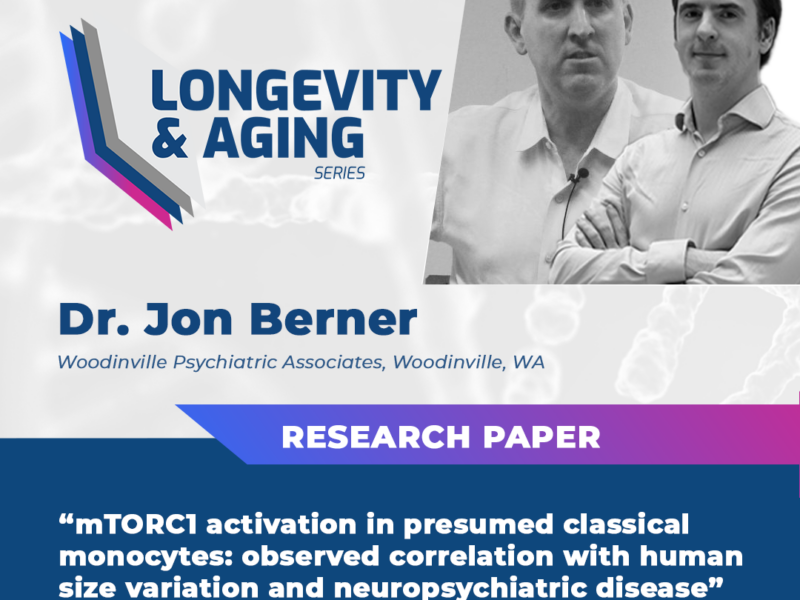
In the third episode of Season 2 of the Longevity & Aging Series, Dr. Jon Berner joins host Dr. Evgeniy Galimov to discuss a research paper he co-authored that was published in Volume 16, Issue 14 of Aging (Aging-US), entitled “mTORC1 activation in presumed classical monocytes: observed correlation with human size variation and neuropsychiatric disease.”
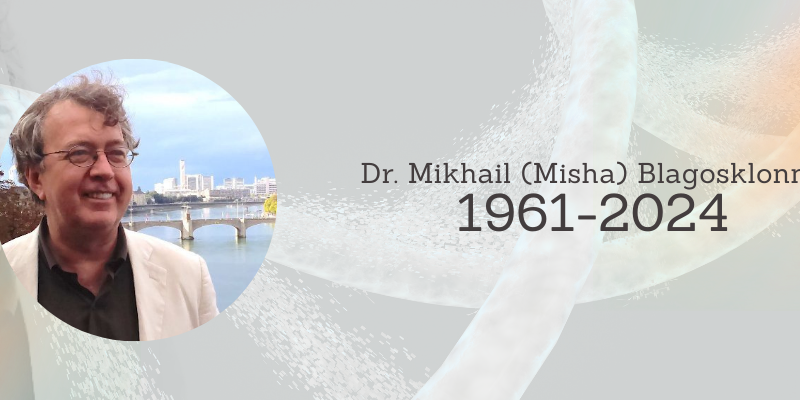
It is with great sadness and heavy heart that we announce the recent passing of Dr. Mikhail (Misha) V. Blagosklonny, our beloved Editor-in-Chief. Misha succumbed to metastatic lung cancer after a courageous battle.
